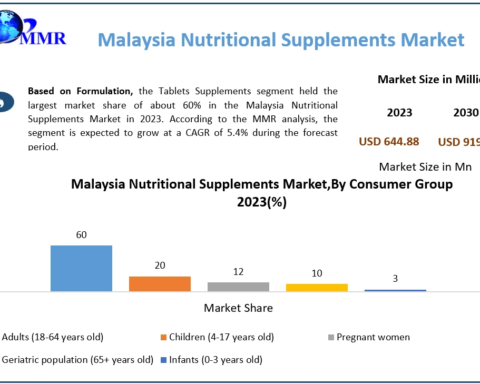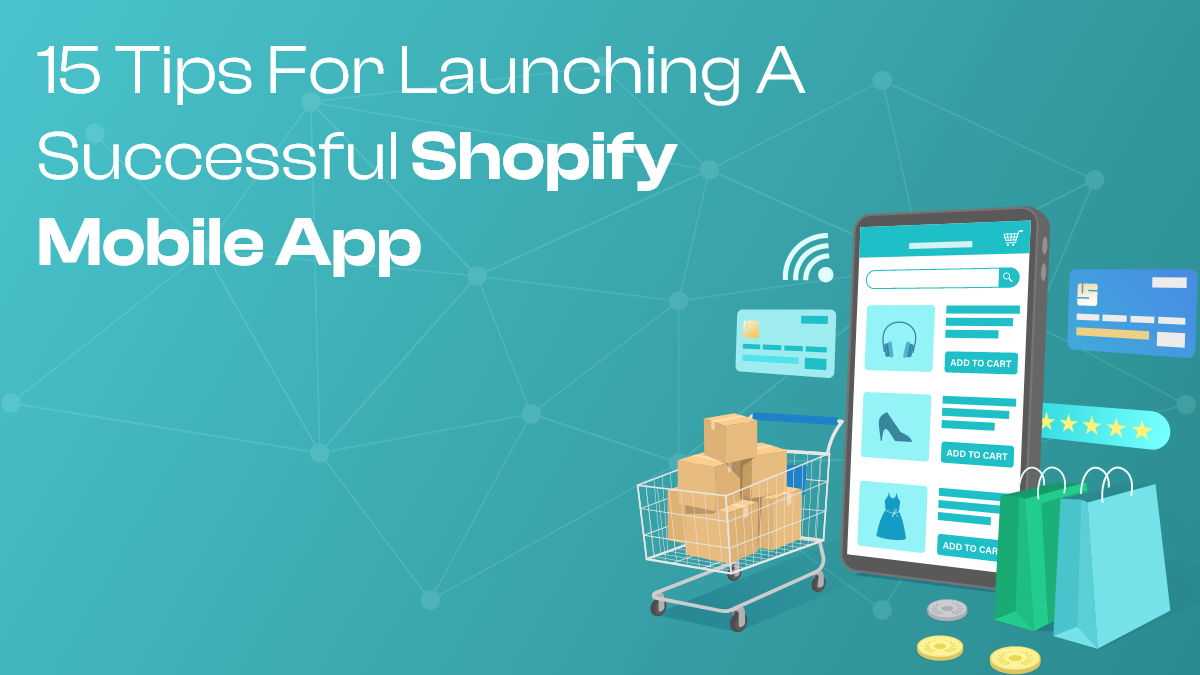In the world of e-commerce, having a mobile app for your Shopify store can significantly enhance your business. A well-designed mobile app not only provides a seamless shopping experience for your customers but also boosts engagement and sales. However, launching a successful Shopify mobile app builder requires careful planning and execution. In this blog, we will share 15 tips to help you launch a successful Shopify mobile app.
Tip 1: Understand Your Audience
Conduct Market Research
Before you start developing your app, it’s crucial to understand your target audience. Conduct market research to gather insights into their preferences, behaviors, and pain points. This information will guide your app design and functionality to ensure it meets the needs of your customers.
Create Buyer Personas
Create detailed buyer personas to represent your target audience segments. These personas will help you tailor your app’s features and marketing strategies to resonate with your users.
Tip 2: Define Clear Objectives
Set SMART Goals
Define clear and achievable objectives for your app using the SMART criteria (Specific, Measurable, Achievable, Relevant, Time-bound). Having clear goals will help you stay focused and measure your app’s success.
Prioritize Features
List all the features you want to include in your app and prioritize them based on their importance and impact on user experience. Focus on the essential features first and plan to add more advanced features later.
Tip 3: Choose the Right App Builder
Evaluate App Builders
There are several app builders available for Shopify, such as Shopney, Vajro, and Tapcart. Evaluate these options based on ease of use, customization options, integrations, and pricing. Choose the one that best fits your needs and budget.
Look for Key Features
Ensure the app builder you choose offers essential features like push notifications, user authentication, payment gateway integration, and analytics.
Tip 4: Optimize Your Shopify Store
Mobile-Friendly Design
Ensure your Shopify store is optimized for mobile devices. This includes having a responsive design, fast load times, and easy navigation.
High-Quality Images and Descriptions
Use high-quality images and detailed product descriptions to provide a better shopping experience for your users. This will also make your app more visually appealing.
Tip 5: Design a User-Friendly Interface
Intuitive Navigation
Design your app with intuitive navigation to make it easy for users to browse and shop. Use clear and consistent menus, buttons, and icons.
Focus on User Experience
Prioritize user experience by ensuring the app is easy to use, visually appealing, and fast. Test the app thoroughly to identify and fix any usability issues.
Tip 6: Integrate Essential Features
Push Notifications
Enable push notifications to keep your users informed about new products, promotions, and order updates. This will help increase engagement and drive sales.
Secure Payment Gateways
Integrate secure payment gateways to provide a safe and convenient checkout experience for your users. Ensure the app supports multiple payment options like credit cards, PayPal, and digital wallets.
Tip 7: Test Your App Thoroughly
Conduct Beta Testing
Before launching your app, conduct beta testing with a small group of users to gather feedback and identify any issues. Use this feedback to make necessary improvements.
Test on Multiple Devices
Test your app on various devices and operating systems to ensure compatibility and performance across different platforms.
Tip 8: Optimize for App Stores
App Store Optimization (ASO)
Optimize your app’s listing on the Apple App Store and Google Play Store. Use relevant keywords, write compelling descriptions, and include high-quality screenshots and videos to improve visibility and attract more downloads.
Create a Strong Icon
Design an eye-catching and memorable app icon that represents your brand and stands out in the app stores.
Tip 9: Plan Your Launch Strategy
Pre-Launch Marketing
Build anticipation for your app by promoting it before the launch. Use email marketing, social media, and blog posts to inform your audience about the upcoming launch.
Set a Launch Date
Choose a specific launch date and stick to it. This will help you plan your marketing activities and create a sense of urgency among your audience.
Tip 10: Promote Your App
Use Social Media
Leverage social media platforms to promote your app and reach a wider audience. Share engaging content, run ads, and collaborate with influencers to increase visibility.
Email Marketing
Send targeted email campaigns to your existing customers to inform them about the new app and encourage downloads. Offer exclusive discounts or promotions to incentivize them.
Tip 11: Provide Excellent Customer Support
In-App Support
Include in-app support features like live chat, FAQs, and contact forms to help users with any issues they may encounter.
Responsive Customer Service
Ensure your customer service team is responsive and helpful. Address any user complaints or feedback promptly to build trust and loyalty.
Tip 12: Monitor App Performance
Use Analytics Tools
Use analytics tools to monitor your app’s performance, track user behavior, and identify areas for improvement. This data will help you make informed decisions and optimize your app.
Regular Updates
Regularly update your app to fix bugs, add new features, and improve performance. Listen to user feedback and make necessary adjustments to enhance the user experience.
Tip 13: Encourage User Reviews
Request Feedback
Encourage users to leave reviews and ratings on the app stores. Positive reviews will improve your app’s visibility and credibility, while constructive feedback will help you identify areas for improvement.
Respond to Reviews
Respond to user reviews, both positive and negative, to show that you value their feedback and are committed to improving the app.
Tip 14: Implement Marketing Campaigns
Seasonal Promotions
Run seasonal promotions and discounts to attract new users and encourage existing users to make more purchases. Use push notifications and email marketing to inform users about these promotions.
Referral Programs
Implement a referral program to incentivize users to share the app with their friends and family. Offer rewards like discounts or freebies for successful referrals.
Tip 15: Analyze and Improve
Continuous Improvement
Continuously analyze your app’s performance and user feedback to identify areas for improvement. Implement changes and updates regularly to keep your app fresh and relevant.
Stay Updated
Stay updated with the latest trends and technologies in mobile app development and e-commerce. This will help you stay ahead of the competition and provide the best experience for your users.
Conclusion
Launching a successful Shopify mobile app builder requires careful planning, execution, and continuous improvement. By following these 15 tips, you can create a mobile app that not only enhances your customers’ shopping experience but also drives engagement and sales for your business. Remember to understand your audience, define clear objectives, choose the right tools, and prioritize user experience. With dedication and the right strategies, you can achieve a successful app launch and grow your e-commerce business.












